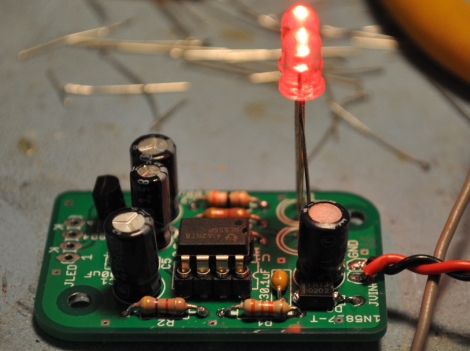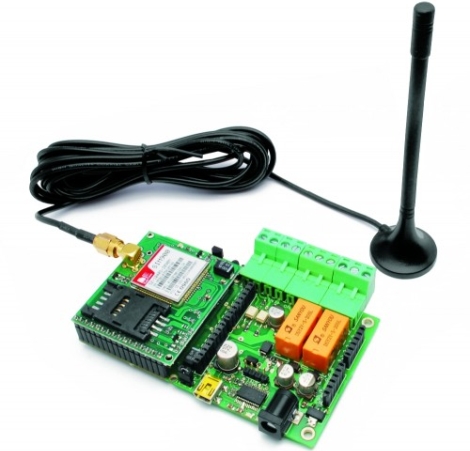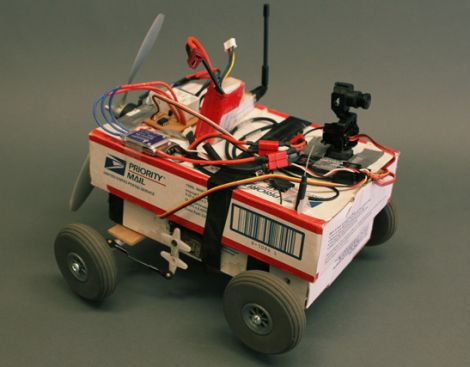
[Steven Dufresne] does a lot of tinkering with solar-powered applications, a hobby which can be very time consuming if done right. One process he carries out whenever building a solar installation is creating a sun chart to determine how much (or little) sun the target area will get.
The process requires [Steven] to take elevation and Azimuth measurements of many different points, which often consumes about half an hour of his time. While taking measurements recently, he started thinking about how he could improve the process, and came up with a stellar solution that reduces the process down to a one-minute task.
In short, his shade finder tool uses a pulley, a pair of rollerblade wheels, and a pencil to accomplish a full shade survey in under a minute. The science behind the tool is best explained by [Steven], so be sure to check out his site for plenty of details and diagrams.
We have to say that we’re extremely impressed by his shade finder – hopefully his work can help others maximize the efficiency of their solar solutions.
Stick around after the jump to see a short video of the shade finder in action.
Continue reading “DIY Shade Finder Tool Takes The Tedium Out Of Solar Surveys”
















